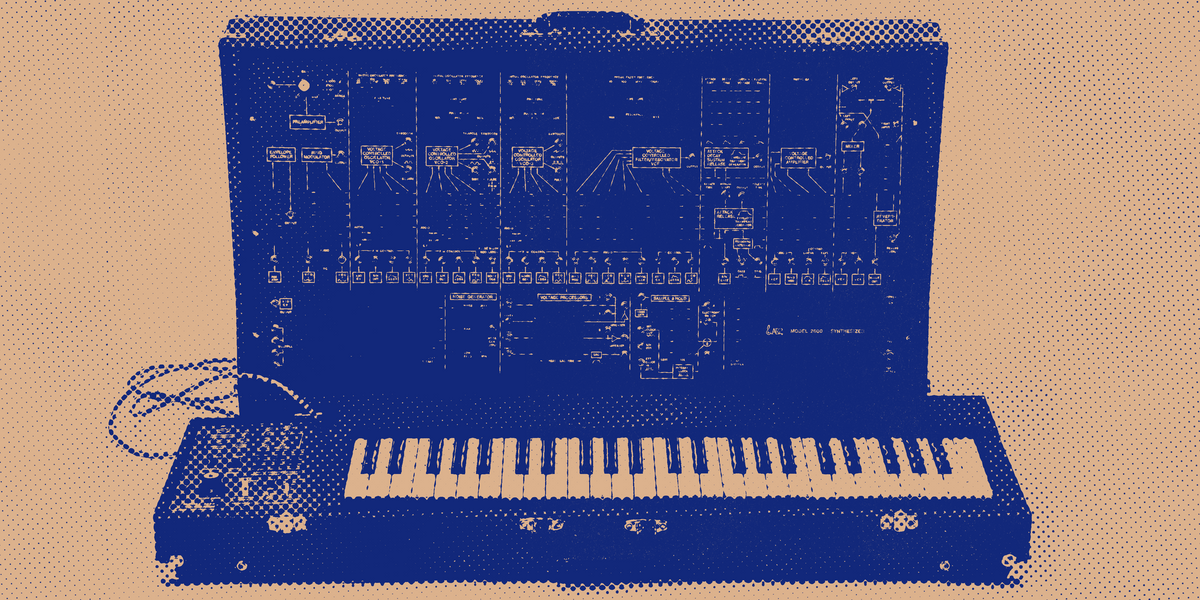The semi-modular (and semi-popular) ARP2600
An incredible and powerful synthesizer. But is the 2600 really that good, or just wanted because it is so hard to find?

Alan R. Pearlman, the man behind the ARP, was not just an engineer but a visionary. Born in 1925, he was a child of the Great Depression, an era that taught him the value of hard work and innovation. His grandfather, a Russian immigrant, was an inventor himself, and it was from him that Pearlman inherited his love for electronics.
After serving in World War II, Pearlman attended Worcester Polytechnic Institute on the G.I. Bill, where he studied engineering. His senior thesis, "The Design and Construction of a High-Speed Analog Computer," hinted at his future endeavors. After a successful stint at NASA, where he worked on amplifiers for the Gemini and Apollo programs, Pearlman decided to venture into the world of music synthesis, a decision that would change the course of music history.
Pearlman's vision was to create a musical instrument that could transcend the boundaries of traditional sound generation. He believed in the potential of electronic music and saw the synthesizer as a tool that could unlock a new world of sonic possibilities. His passion for innovation and his deep understanding of electronics led to the creation of the ARP 2600, a synthesizer that was as groundbreaking as it was influential.
The ARP 2600 was used by a diverse range of artists, each of whom utilized its unique capabilities to create their distinctive sounds. Progressive rock bands like Edgar Winter Group used the ARP 2600 to create the iconic synthesizer riff in their hit "Frankenstein". The synthesizer's versatility also made it a favorite among pioneering electronic musicians like Jean-Michel Jarre, who used it extensively on his groundbreaking album "Oxygène".
In the world of pop, the ARP 2600 was used by artists like Stevie Wonder and The Who. Pete Townshend of The Who used the ARP 2600 on the track "Baba O'Riley", creating the song's distinctive organ-like sound. Stevie Wonder, a renowned synthesizer enthusiast, used the ARP 2600 on several of his albums, including "Songs in the Key of Life".
The ARP 2600 also made its mark in the world of film and television. It was used to create the voice of R2-D2 in the Star Wars films, a testament to its versatility and the creative possibilities it offered. In the realm of television, it was used in the original "Doctor Who" series to create some of the show's iconic sounds.
The ARP 2600's influence extends to modern music as well. Artists like Aphex Twin and Nine Inch Nails have used the ARP 2600 in their music, showcasing its enduring relevance. Its distinctive sounds can be heard in countless electronic music tracks, film scores, and pop songs, a testament to its ongoing cultural impact.
In conclusion, the ARP 2600, and the man behind it, Alan R. Pearlman, have left an indelible mark on the world of music. From its use in pioneering electronic music to its role in shaping the sound of pop, rock, and film, the ARP 2600 continues to inspire and influence musicians around the world. It stands as a testament to Pearlman's vision and the limitless potential of electronic music.


